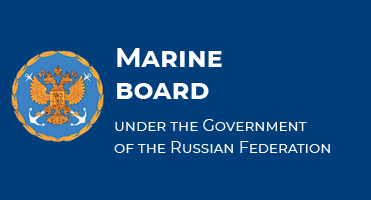Murmansk Branch takes part in commemorative events devoted to the 100th anniversary of Timofey Borisovich Guzhenko Birth
The commemorative events devoted to the 100th anniversary of the birth of Timofey Borisovich Guzhenko, who was USSR Merchant Marine Minister in 1970-1986, were held at the monument to dock workers perished during the Great Patriotic War on the square in front of the sea terminal in the seaport of Murmansk on February 15, 2018.
Employees of the Murmansk Branch took part in the memorial meeting and the wreath-laying ceremony in an homage to the distinguished statesman.
Timofey Borisovich started his labor employment in the Murmansk commercial seaport. During the war, he worked at the mechanization department of the port. After bombardments of the port he restored the destroyed infrastructure. By the end of the war he had become chief of the mechanization department. In the post-war period he worked as acting chief engineer of the Murmansk commercial seaport. In the 1950’s he was transferred to the position of HR head at the USSR Merchant Marine Ministry. In 1966 he was appointed as the USSR merchant marine deputy minister and in 1970 he became minister.
Under his direction the sector achieved considerable progress. It was transformed into one of the donor sector of the sector. The powerful icebreaker fleet was built. The fleet and the port capacities were technically re-equipped.
For this period the USSR commercial fleet fully met the country’s inland and foreign trade needs and ranked fifth in tonnage in the world commercial fleet.
Guzhenko paid special attention to the development of the economy of the Arctic region and Arctic navigation. The world’s first expedition of a surface vessel to the North Pole was organized under his direction. The expedition was led by Guzhenko in person. The success of this expedition facilitated the accelerated construction of the icebreaker fleet the use of which had expanded the navigation period in the Arctic Ocean for more than 100 days annually and helped open years-round Arctic navigation in one of the regions of the Arctic.


















